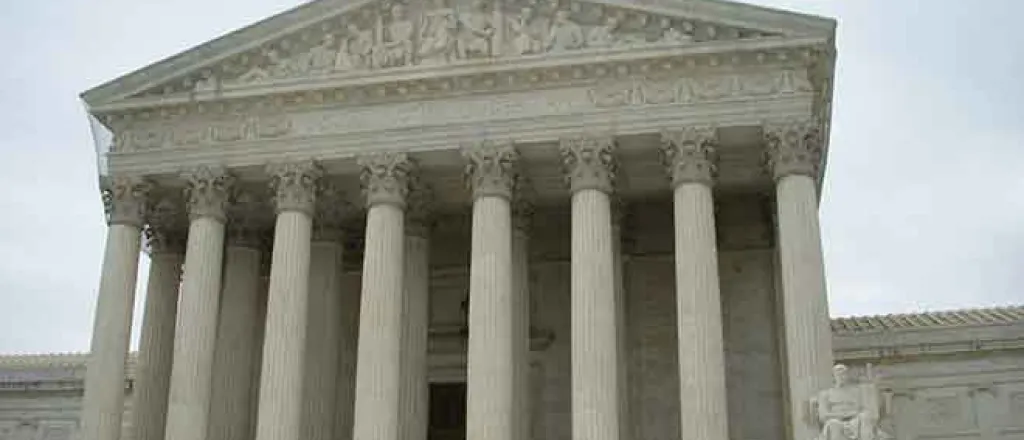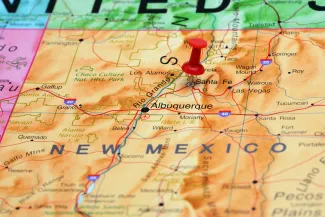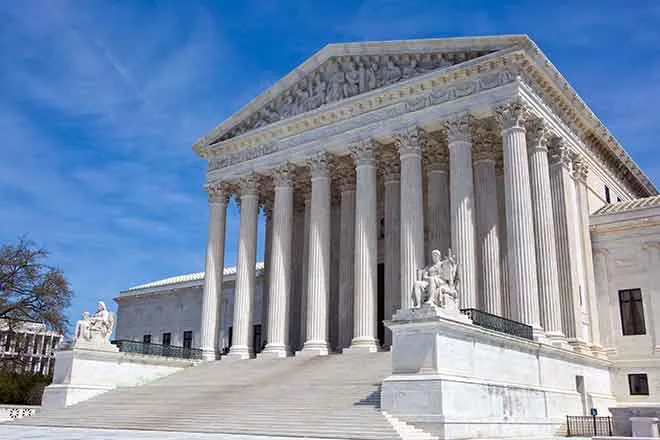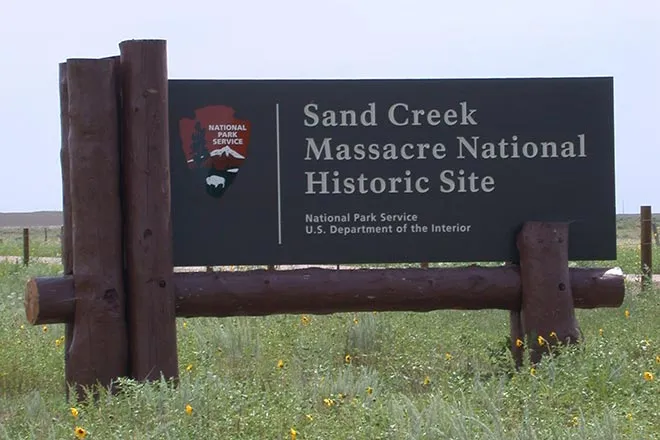
SCOTUS sets March 20 date to hear Texas vs New Mexico oral arguments on Rio Grande
This story originally appeared in Source NM.
(Colorado Newsline) The nation’s highest court will hear federal objections to a deal between Texas and New Mexico in their dispute over Rio Grande water in oral arguments scheduled for a midweek date on March 20.
The U.S. Supreme Court agreed to take up the case last week, as the lawsuit crawls into a decade since its filing.
Justices will evaluate arguments from the federal government taking exception to a compromise plan agreed to by Texas, New Mexico and Colorado to settle the case. The three states are parties in the lawsuit and agreed to the compromise in January 2023.

© iStock - Molina86
The New Mexico Office of the State Engineer said there would be no need to adjust its budget request before the New Mexico State Legislature because of the oral arguments in D.C. State Engineer Mike Hamman said in a written statement that the office is looking forward to the oral argument in March.
“We are confident that the Supreme Court will accept the states’ proposed settlement, which will allow us to move forward towards securing a stable water future for all users in the lower Rio Grande,” said Hamman.
Budget asks
Also on Monday morning, the New Mexico House of Representatives released its state budget proposal for the next fiscal year. In the proposed budget, the House Appropriations and Finance committee extended $2 million given last year to the New Mexico Department of Justice for Rio Grande litigation and notes another $6.4 million on interstate water litigation will carry forward from last year.
In the Office of the State Engineer, $8.9 million is set aside for litigation and adjudication of water rights within streams around the state and underground basins.
Separately, the agency will transfer $2.5 million to the litigation and adjudication programs of the state engineer. While not all adjudication and litigation is specific to the supreme court’s Rio Grande case, that in all, totals to nearly $20 million between both agencies.
How we got here
Formally called Original No. 141 Texas v. New Mexico and Colorado, the case has cost taxpayers tens of millions of dollars.
The 2014 filing by the state of Texas centers on allegations that New Mexico groundwater pumping downstream of Elephant Butte Reservoir took Rio Grande water allocated to Texas.
Texas said New Mexico’s pumping violated the 1938 Rio Grande Compact, a legal agreement between Colorado, New Mexico and Texas to split the river’s water.
While 80% of the river’s water is used for agriculture, it’s a major source of drinking water for cities such as El Paso and Albuquerque, and for wildlife. Las Cruces sits below Elephant Butte Reservoir and receives all its drinking water from groundwater.

In 2018, the U.S. Supreme Court allowed the federal government to intervene in the case. Attorneys for federal agencies said New Mexico groundwater pumping threatened federal abilities to deliver water to tribes, regional irrigation districts and Mexico under a federal treaty.
The case pressed on to trial in 2021 and was split into two parts. A six-week virtual portion of the trial was held in the fall, and a second in-person technical portion was pushed back after months of negotiations by parties took up much of 2022.
Just before the trial was set to resume, the three states announced an agreement which would resolve issues between Texas and New Mexico. It includes measuring water deliveries at the state line, new conditions for over- and under-deliveries of Rio Grande water and incorporating drought baselines and groundwater pumping into the formulas for how much water is available.
Attorneys for the federal government objected, arguing that the agreement was made without their consent.
U.S. 8th Circuit Judge Michael Melloy recommended last year that the Supreme Court accept the deal over objections from the federal government, calling it “fair and reasonable” in his 123-page report. He said disputes over federal operations in Southern New Mexico could be resolved in other courts.
In December, the federal government submitted a filing objecting to Melloy’s recommendation. In the filing, attorneys said the settlement “imposes obligations on the United States without its consent.” Attorneys further argued that the deal should be thrown out because it is “contrary to the Compact”.
It’s expected that only attorneys for the states and the federal government will have time to speak during oral arguments before the Supreme Court in March. If that happens, groups unable to present arguments would include farming associations, irrigation districts, the city of Las Cruces and New Mexico State University, which appear as amici curae or “friends of the court.”
Opinions from the Supreme Court are typically issued by late June, occasionally early July, during their session.
Source New Mexico is part of States Newsroom, a network of news bureaus supported by grants and a coalition of donors as a 501c(3) public charity. Source New Mexico maintains editorial independence. Contact Editor Shaun Griswold for questions: info@sourcenm.com. Follow Source New Mexico on Facebook and Twitter.
Colorado Newsline is part of States Newsroom, a network of news bureaus supported by grants and a coalition of donors as a 501c(3) public charity. Colorado Newsline maintains editorial independence. Contact Editor Quentin Young for questions: info@coloradonewsline.com. Follow Colorado Newsline on Facebook and Twitter.

















